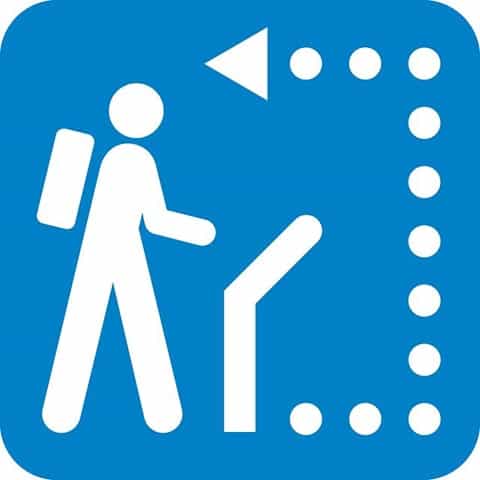The United States Patent and Trademark Office (USPTO) has published its 2014 Interim Eligibility Guidance of Subject Matter Eligibility. This guide is used by USPTO staff members to determine whether the subject matter of a purported invention is eligible for patent protection under 35 USC Section 101 of the Patent Act. As we’ve discussed many times, most recently in connection with the case of DDR Holdings, LLC v. Hotels.com, both the USPTO and the federal courts have been struggling to draw the line between patentable and un-patentable subject matter, especially when it comes to software. The new document is intended to translate recent decisions by the US Supreme Court and the Federal Circuit into actionable guidance for patent examiners.
The document includes a flowchart to help them with decision-making. This chart leads Patent Office personnel through the following questions:
· Is the claim to a process, machine, manufacture or composition of matter?
· If yes, is the claim directed to a law of nature, a natural phenomenon, or an abstract idea?
· Does the claim recite additional elements that amount to “significantly more” than the judicial exception?
Limitations that may qualify as “significantly more” include:
· improvements to another technology or technical field
· improvements to the functioning of a computer
· effecting a transformation or reduction of a particular article to a different state or thing
· adding a specific limitation other than what is well-understood, routine and conventional in the field, or adding unconventional steps to confine the claim to a particular useful application
· other meaningful limitations beyond generally linking the use of the judicial exception to a particular technological environment
Limitations that do not qualify as “significantly more” when included in a claim with a judicial exception include:
· adding the words “apply it” (or similar terms) or mere instructions to implement an abstract idea on a computer
· adding well-understood, routine and conventional activities previously known in the industry to a judicial exception; for example, using a generic computer to perform conventional activities well known in an industry
The guidelines go on to give examples of how this analysis was applied in several well-known patent cases. It remains to be seen whether the guidelines will introduce greater uniformity at the Patent Office.
Comments on the Interim Guidance can be emailed to 2014_interim_guidance@uspto.gov.


